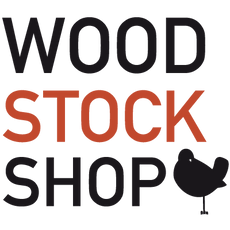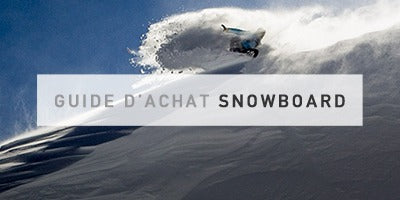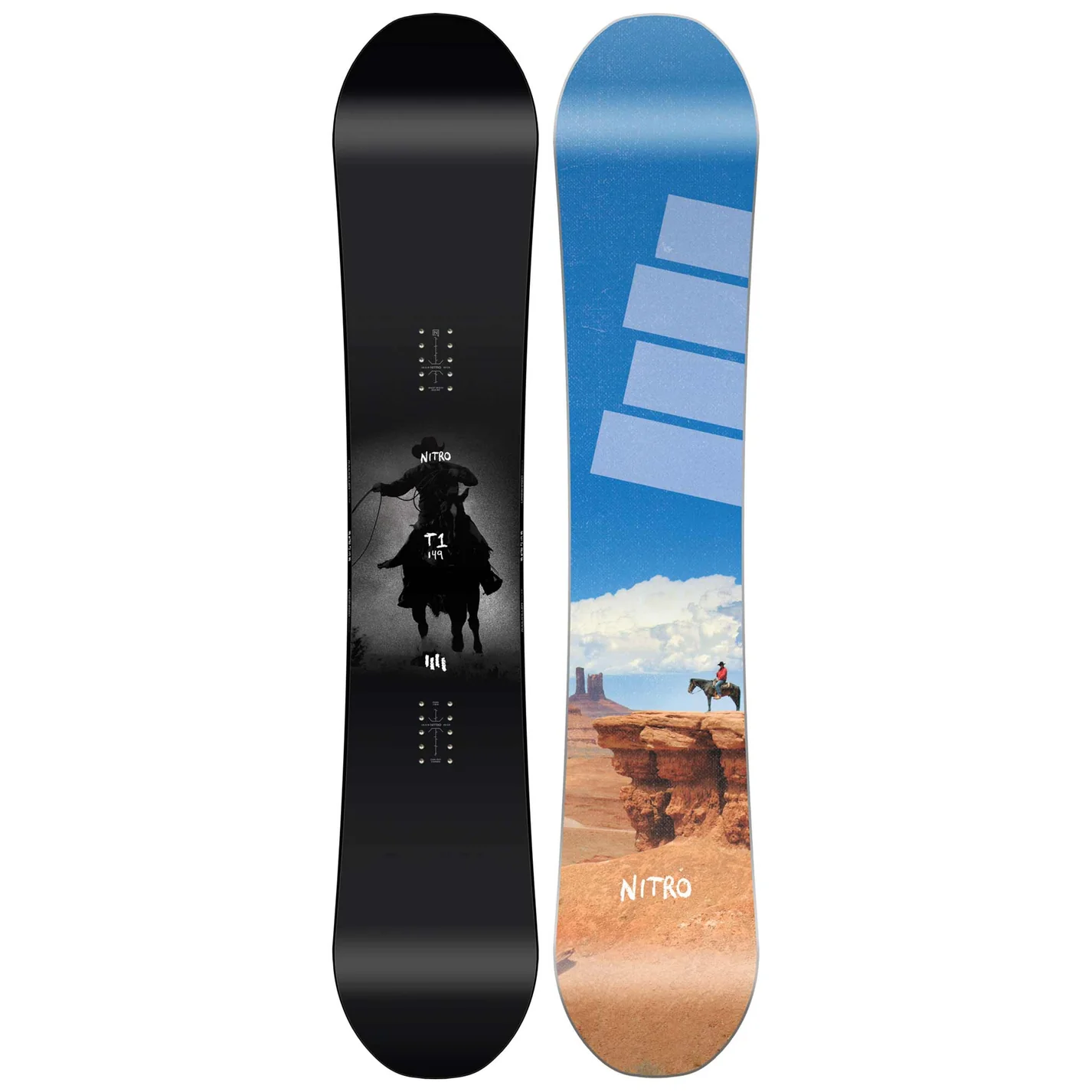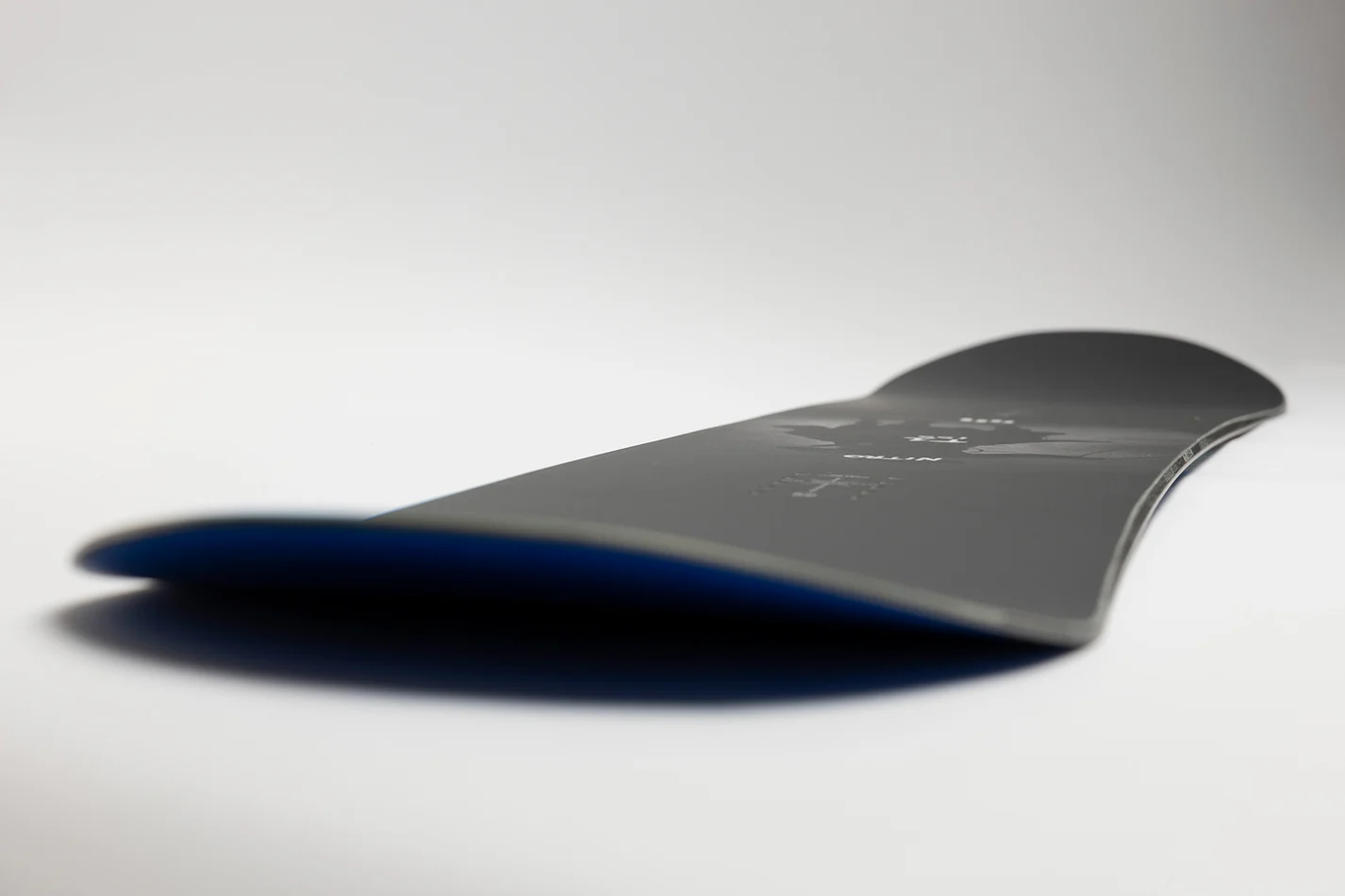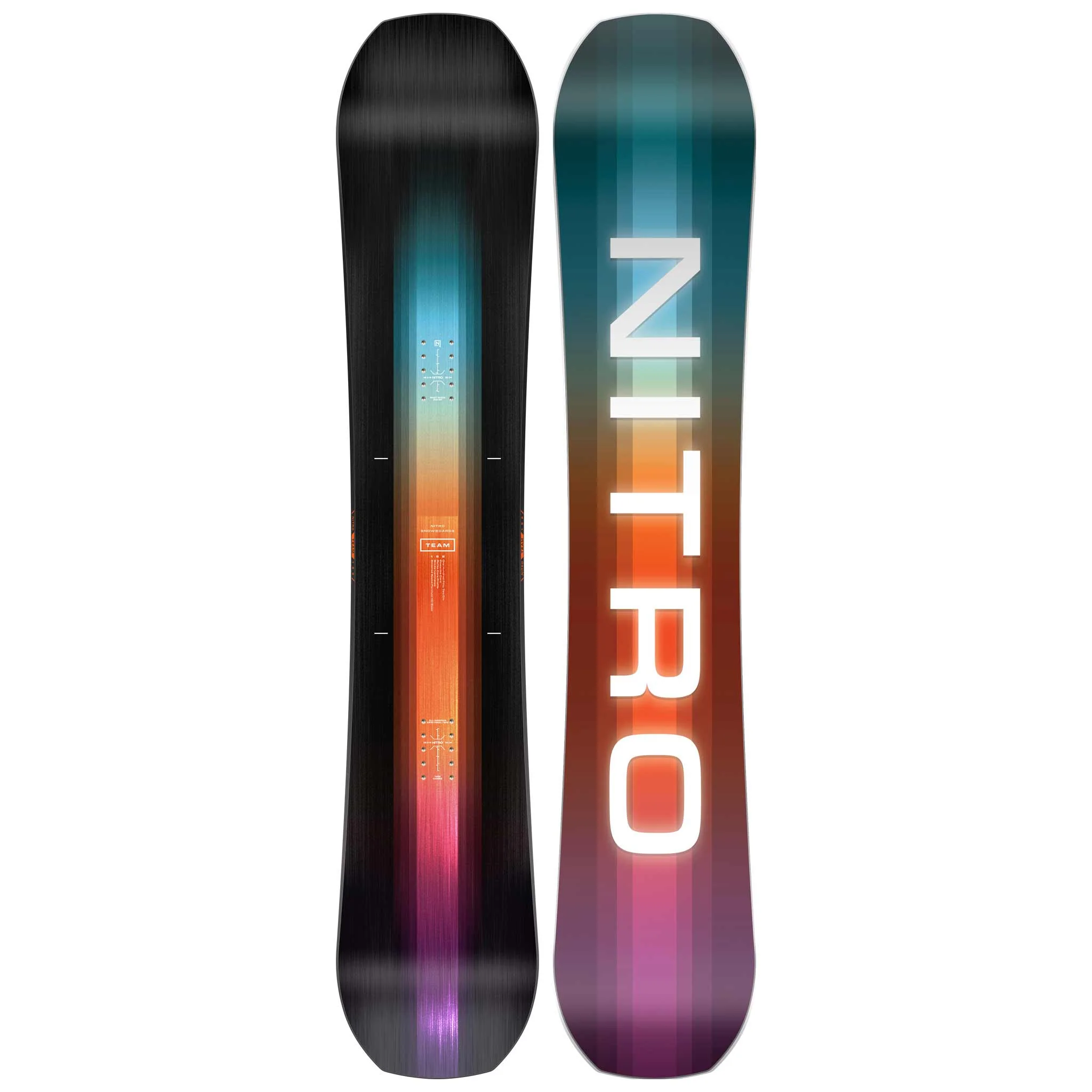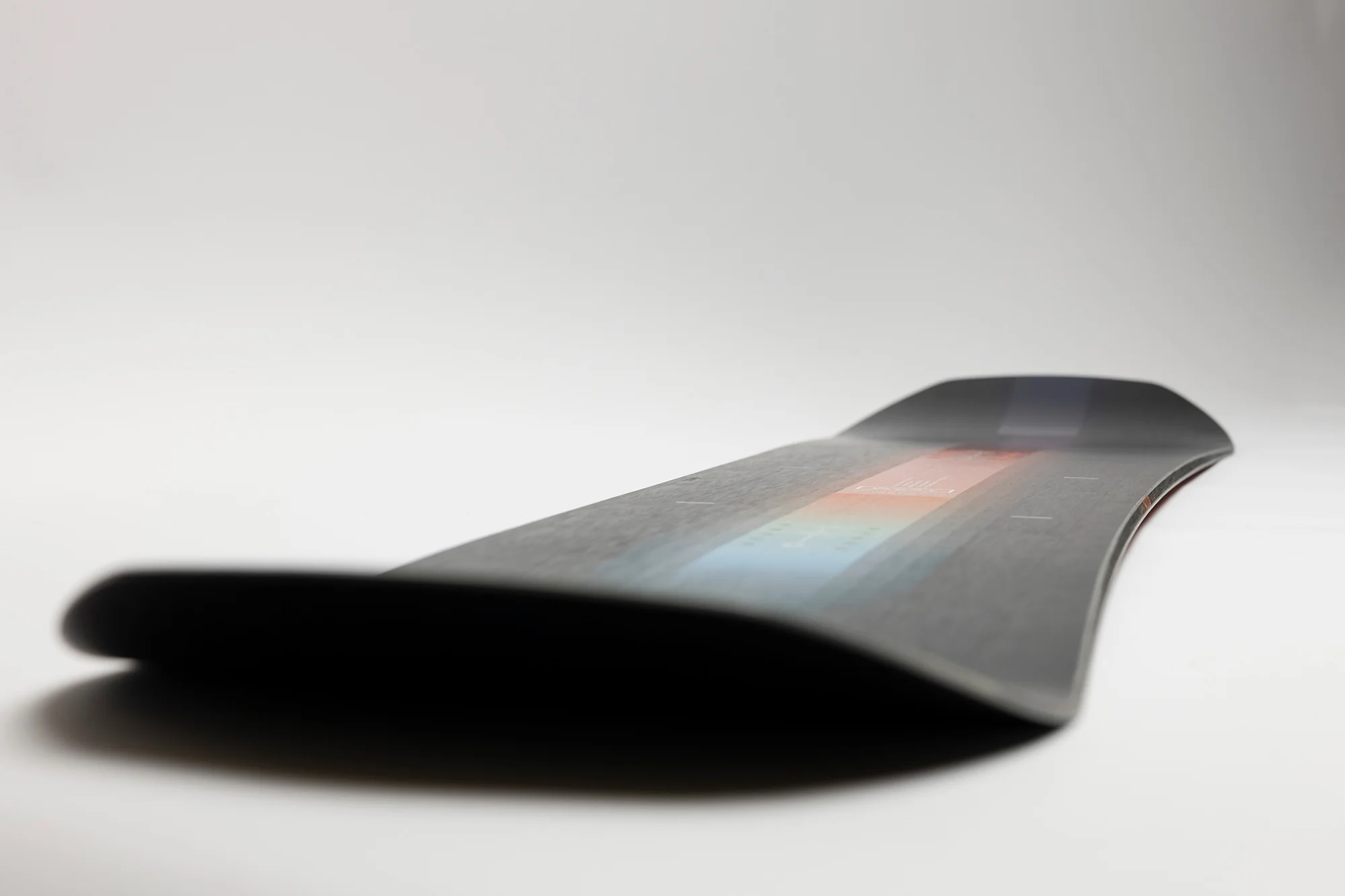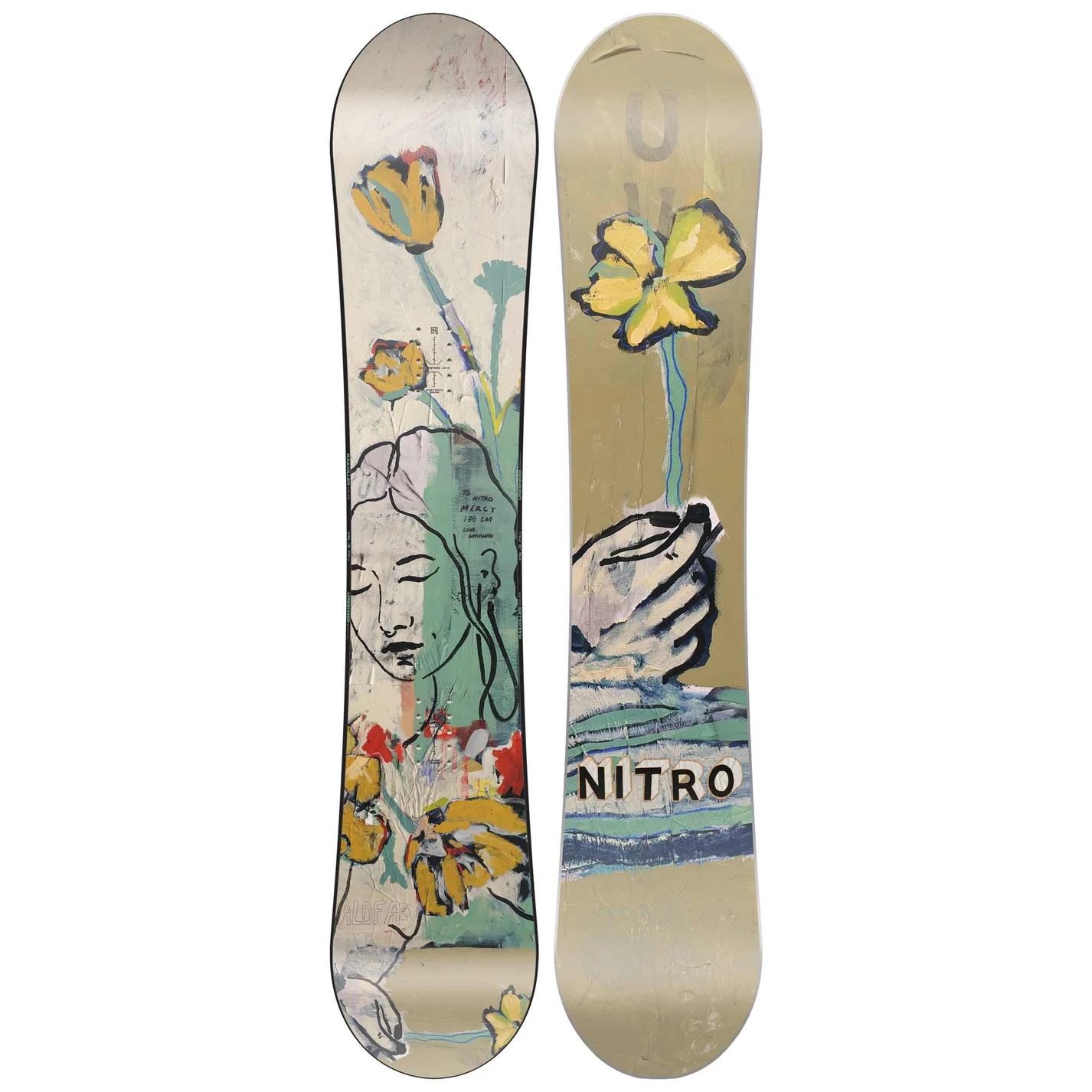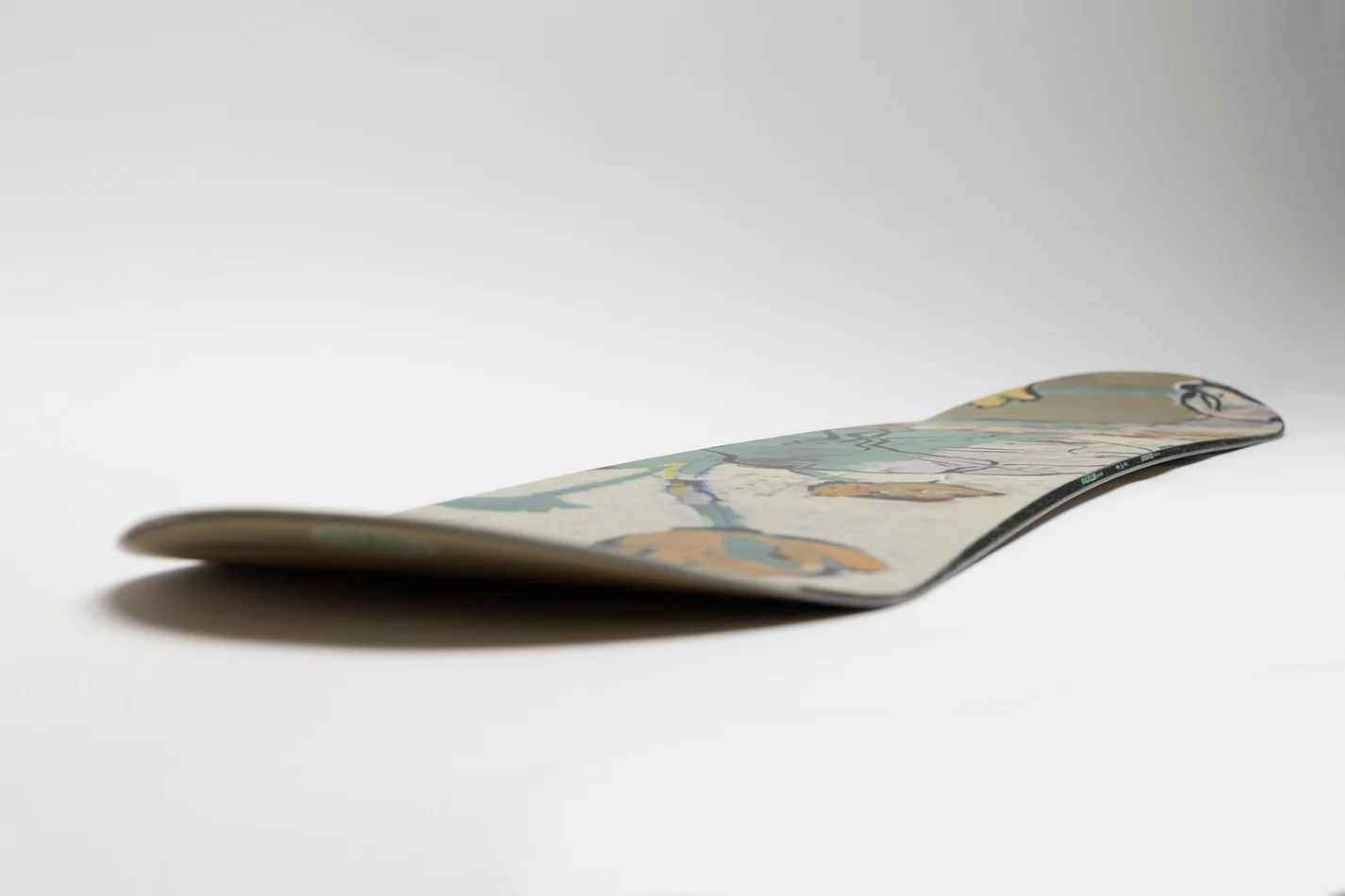
Define your level
There are boards designed for each level; each one best suited to the needs of the rider. You must therefore remain realistic about your abilities when looking for a new board.
A board adapted to your level will give you more sensations and faster progression
Beginner :
The beginner snowboard rider knows how to get by on slopes with low and medium slopes (Green, Blue, Red). A fairly flexible board is the best choice because it guarantees great freedom of movement, is more forgiving of mistakes and heats up the thighs less.
Intermediate :
The intermediate level concerns people comfortable on all types of groomed slopes, starting to ride on the wrong foot (switch) and a little off-piste. It is the riding style that will guide the choice of board.
Advance :
No matter the conditions and terrain, speed and tricks are always there. With several years of experience, the level improves and we can therefore consider someone who has mastered their board perfectly as someone with an advanced level. Here too the choice of board will be defined according to the type of practice.
Define your practice
All Mountain (Versatile) :
A board that is suitable for all types of terrain and all types of riding, it is ideal for a beginner/intermediate or someone who is undecided. It is on this type of board that we progress the best and it is what the majority of snowboarders choose. Versatile boards offer stability, grip and pop but lose some technical accuracy.
Without being ultra efficient, an All Mountain is versatile
and accompanies you in the various practices
Freeride :
A freeride board is ideal for someone looking to ride on all types of virgin terrain, off-piste or on the edges of the piste. Freeride boards are often longer and wider than others, have a fairly stiff flex, and a directional shape. The position of the bindings is set back a little, which provides good lift in powder snow and less fatigue.
Freestyle :
Freestyle snowboarding mainly concerns snowboarding in a snow park, on the side of the slopes or on the street. Freeride boards are shorter than others, offering more maneuverability. The nose and tail are symmetrical for easy switch riding and the flex is quite soft for more agility and forgiveness.
Choose the size of your board
The size of a snowboard varies depending on the type of ride, gender, height and weight of the rider.
The basic method is to check that the board reaches the rider's chin. The longer a board is, the more stable it is at high speed, conversely a shorter board is more maneuverable.
For freeride, it is better to choose a longer board (which goes up to the nose or more) and for freestyle it is better to choose a short board, more maneuverable which makes rotations easier.
Reference size: All Mountain
Remove 3 to 4 cm for freestyle snowboards
Remove 2 to 3 cm for women and beginners
Add 3 to 4 cm for freeride snowboards
The different cambers
Camber is the shape of the board seen in profile. It determines the points of the board which are in direct contact with the snow.
The classic camber:
This is the traditional form, still popular today. This type of camber is suitable for all levels, for all mountain and freestyle snowboarding. The classic camber offers two points of contact with the snow, at the nose and tail.
This camber guarantees grip, pop and stability
but is not the most forgiving camber
Reverse camber:
As its name suggests, it corresponds to a classic reversed camber. This type of camber is suitable for beginner and intermediate level riders mainly for freeride and freestyle. The point of contact with the snow is right in the center of the nose and tail, so the board is very forgiving.
Easy landing of jumps and guaranteed flotation in powder snow but not very stable at high speed!
Flat camber:
Flat is a flat camber. It's the happy medium between classic camber and rocker. It is suitable for all levels of riders for all environments even if all mountain practice is most suitable. The entire bottom of the board is in contact with the snow. The rider's pressure is evenly distributed across the snow. The stability and grip of the edges are the advantages of this camber, however, you will not find as much pop or maneuverability as on other cambers.
Hybrid cambers:
- Double camber (camber/rocker/camber) is a camber suitable for all levels and all types of riding. The rider's weight is distributed over the two camber zones while the board is in contact with the snow in the center of the board. The ride is relaxed and offers the benefits of rocker and classic camber.
- The double rocker (rocker/camber/rocker) is also a camber suitable for all types of levels and rides. The board is not in direct contact with the snow below the feet unlike the ends whose contact surface is wider than that of a classic camber. This camber is therefore stable, offers good pop and is more forgiving in the event of an error (particularly edging) than the classic camber.
The different shapes
The Twin shape:
The Twin shape is a symmetrical shape from nose to tail. The ends are the same size. This shape is generally found in the freestyle and all mountain category. The performance of the snowboard will be the same, ridden in regular or switch. The flex is the same from tail to nose. The fixing inserts are centered.
The Directional shape:
The Directional shape is characterized by a nose that is longer and wider than the tail. This shape is found in the freeride and all mountain categories. Boards with this shape are made to be ridden in one direction only. This shape makes the board stable, fast and easier to maneuver, especially in powder snow. We generally place the bindings closer to the tail on this type of shape.
The Twin Directional shape:
The Twin Directional shape is a mix of the Twin shape and the Directional shape. It is suitable for all mountain and freestyle snowboarding. As with the directional shape, the inserts are slightly set back for more speed and ease in powder. It is possible to ride switch with this board, which makes it truly versatile.
The flex
The flex of a snowboard is the index of its rigidity. It is between 1 and 10, 1 being the softest level and 10 the stiffest level. Soft snowboards are intended for freestyle and all mountain.
Soft flexes (1 to 3) are more forgiving in the event of an error and easy to handle. They are therefore perfect for beginners, small people and freestylers. However, they prove unstable at high speed.
Medium flexes (4 to 6) are common on all mountain snowboards. The average flex corresponds to all types of riding. It is therefore ideal for large sizes and intermediate levels who do not want to buy a board for each practice.
Rigid flexes (7 to 10) are generally suitable for freeride snowboarding. They are more stable at high speeds and on difficult terrain.
The heavier a rider is, the stiffer his board must be.
At WoodstockShop, we are here to answer all your questions, so don't hesitate to contact us .
Have a good ride!
